Cost Estimation for Cross-Country Moving
Bryan Bloom • April 24, 2024
A Comprehensive Examination of Cross Country Move Costs with Kinetic Movers

The journey of moving from one geographical end to another, across the vast expanse of the country, involves meticulous planning and a significant financial commitment. We at Kinetic Movers, as an experienced full-service moving company, empathize with your concerns and endeavor to make this process as predictable and stress-free as possible. We take pride in our transparent pricing strategy, and our primary objective with this guide is to help you unmask the mysteries surrounding cross-country move costs.



